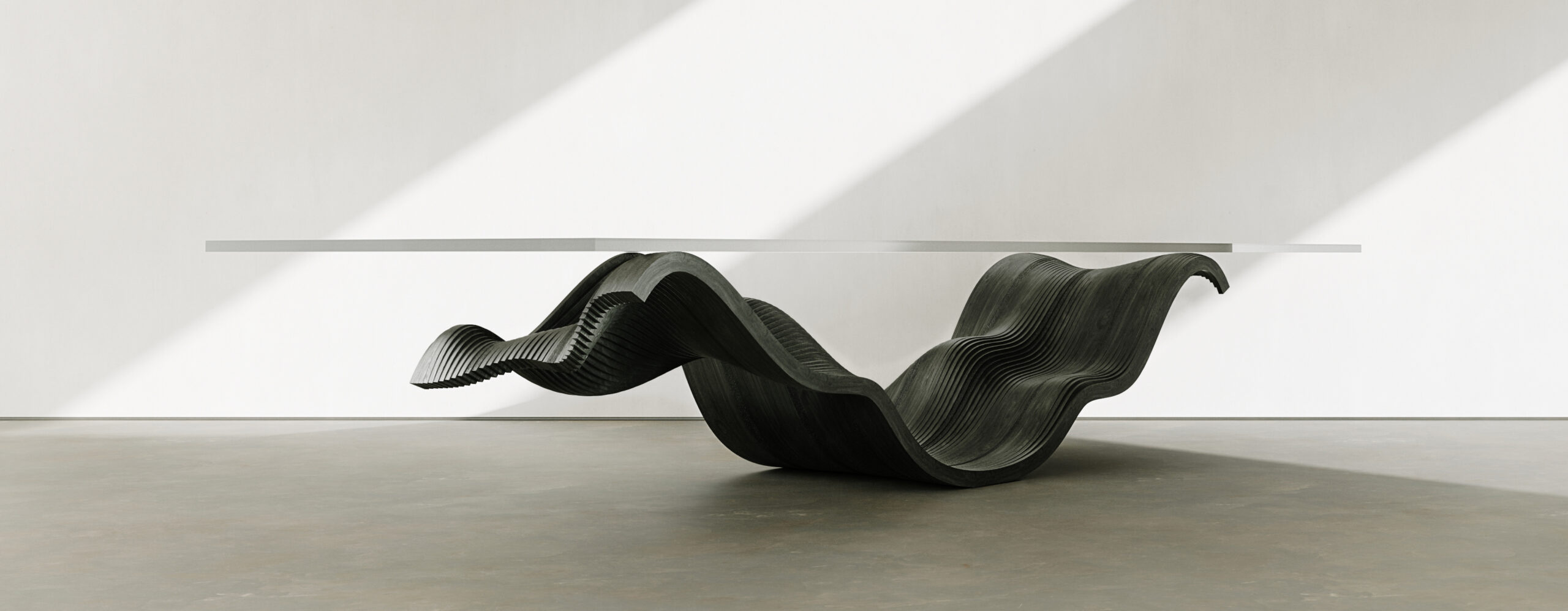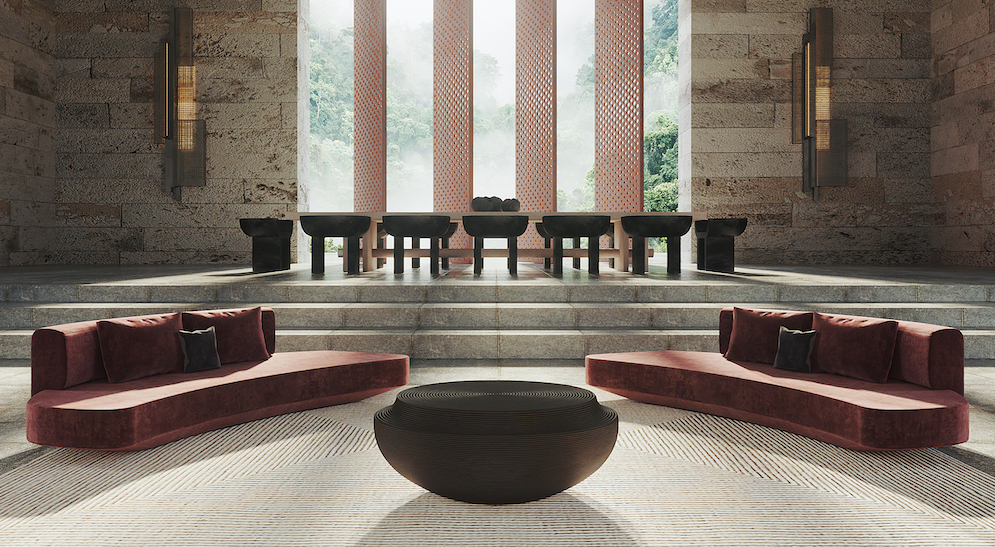In the latest of our Designer Q&A series, Effect speaks to British-Nigerian design talent Mimi Shodeinde about her elegant, sculptural furniture, and why the music industry’s loss has been the design industry’s gain
We first met Mimi Shodeinde at the Design Museum last year, where she was being feted as one of their Designers for Tomorrow; and the sinuous office desk she had on display was a perfect manifestation of her observation that “in a lot of my work, there is a sense of movement that’s frozen in time”.
Since then, we’ve profiled her extraordinary interior design work in spaces across the world from Cape Town to Provence, but we’ve also been keen to hear more about her furniture and lighting which, like her interior design, evidences a sense of style, edge and individuality, but also serious luxury and scale without ever tipping into ostentation.
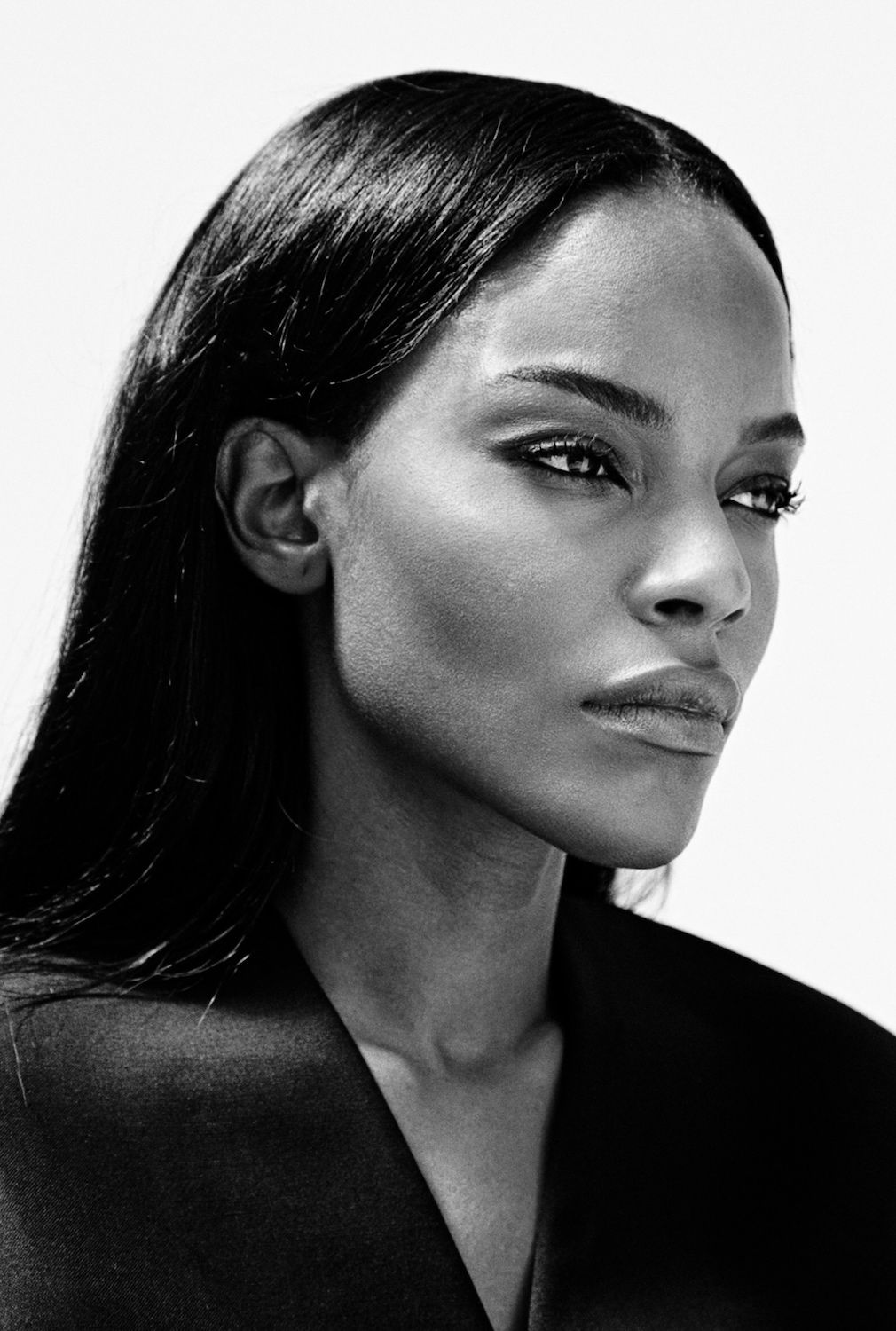


It’s no surprise, when observing the sculptural nature of her design, that the Londoner has architectural training; but its poetic distinctiveness is also down to her diverse influences and ability to blend them into a universal language. Here’s what she has to say:
How would you describe your style?
My designs balance sculptural form with real-world functionality. In terms of a design language, I like to imbue my pieces with a sense of movement and fluidity. There is beauty in motion – and I try to capture that in my work.
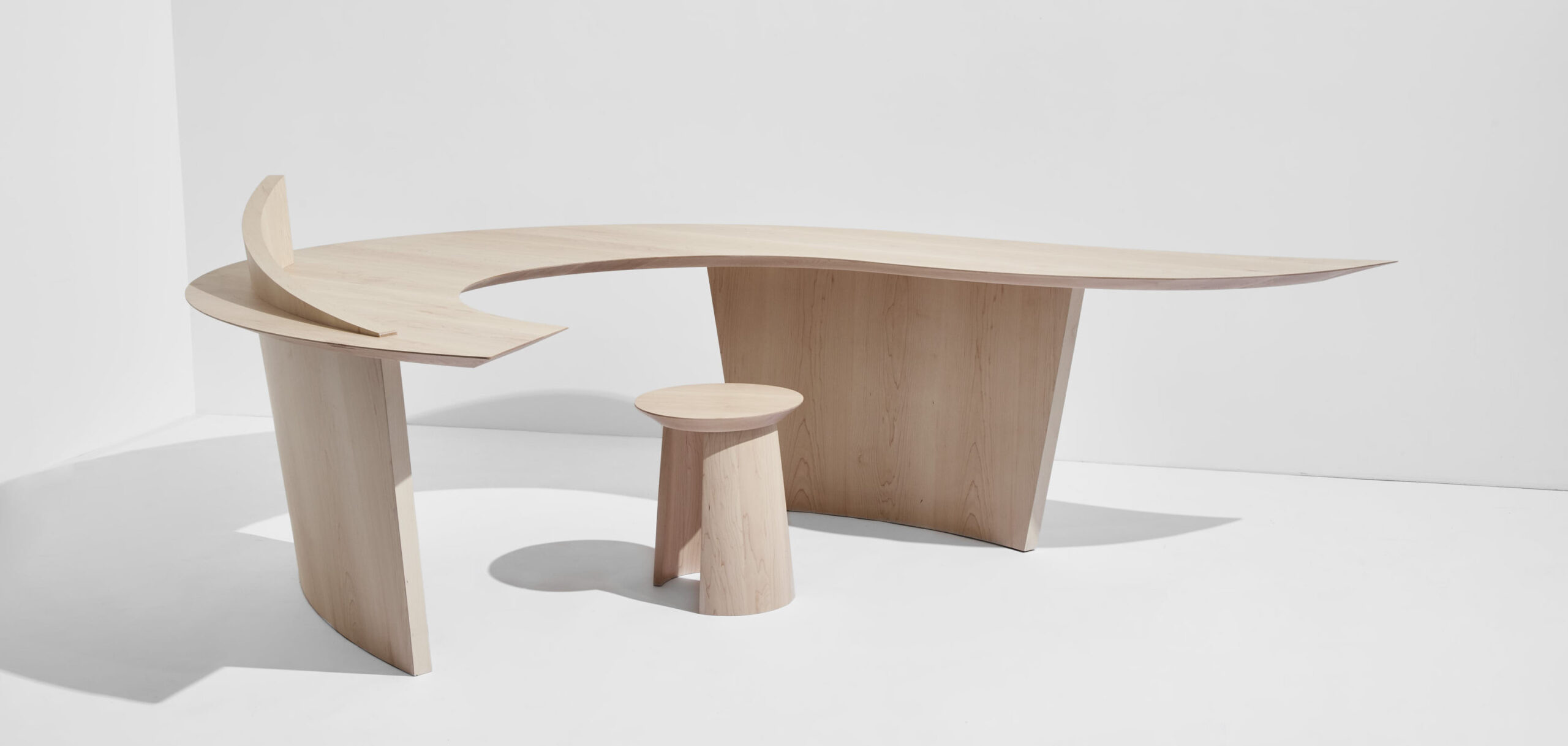
Do you remember the first thing you made?
Yes, I made a stool (actually quite awful stool, now looking back)
What are you working on right now?
On the interior design side, I am working on four projects – two of them are located in West Africa, the third project is in Kuwait, and last project is in London. On the design side, I am currently designing and producing new lighting and furniture pieces.
Where do you take your initial inspiration for a piece?
My mind is my biggest and most important tool – everything starts from there. I pull inspiration from what’s around me or what interests me at the time of developing a design or a space. I have an obsession for materiality, and how things are made – the manufacturing process is very important to me so I spend a lot of my time with the craftsmen. I am involved in every process at every stage, asking questions and learning. I guess you could say my design process begins to take shape when I fully understand the possibilities of what can be created.
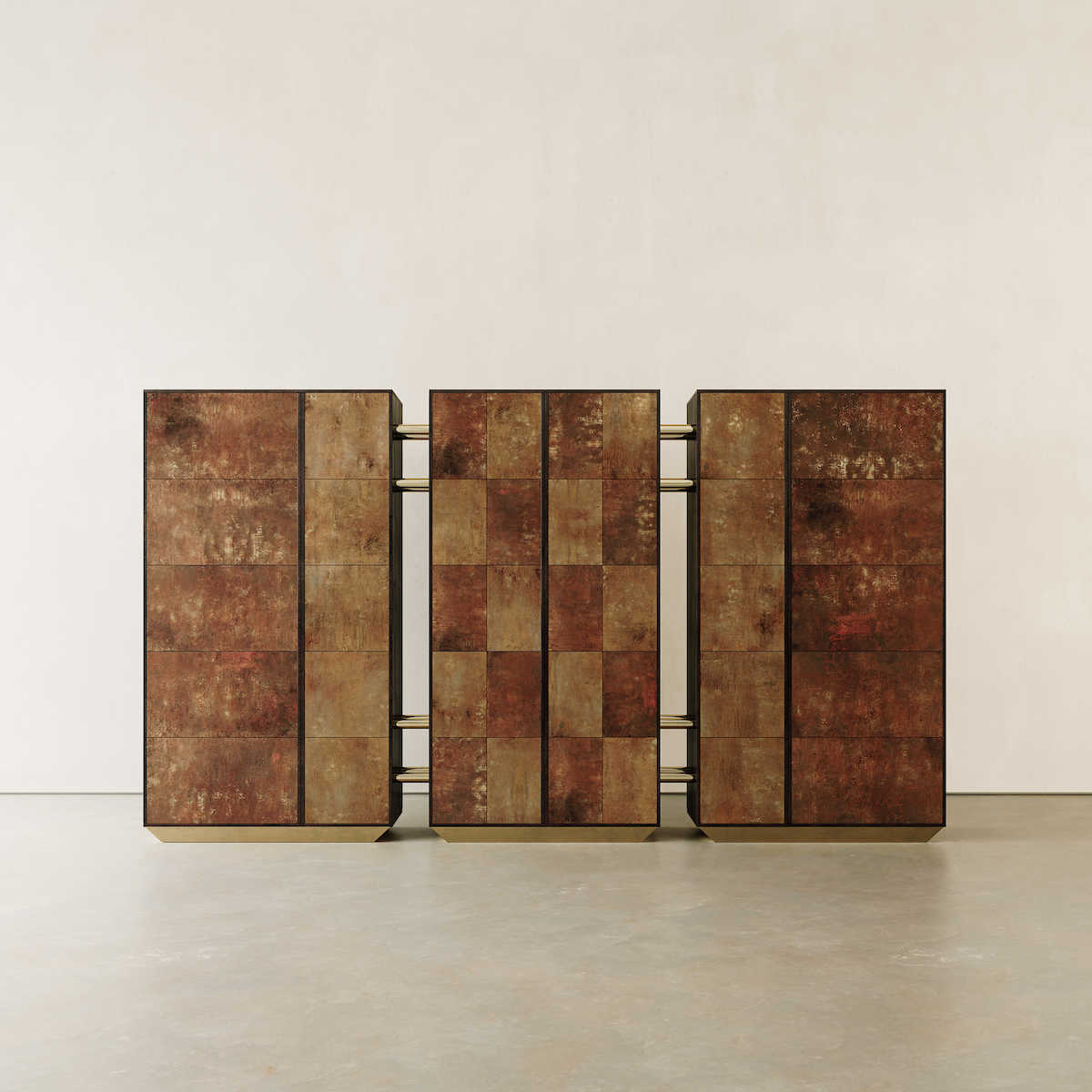
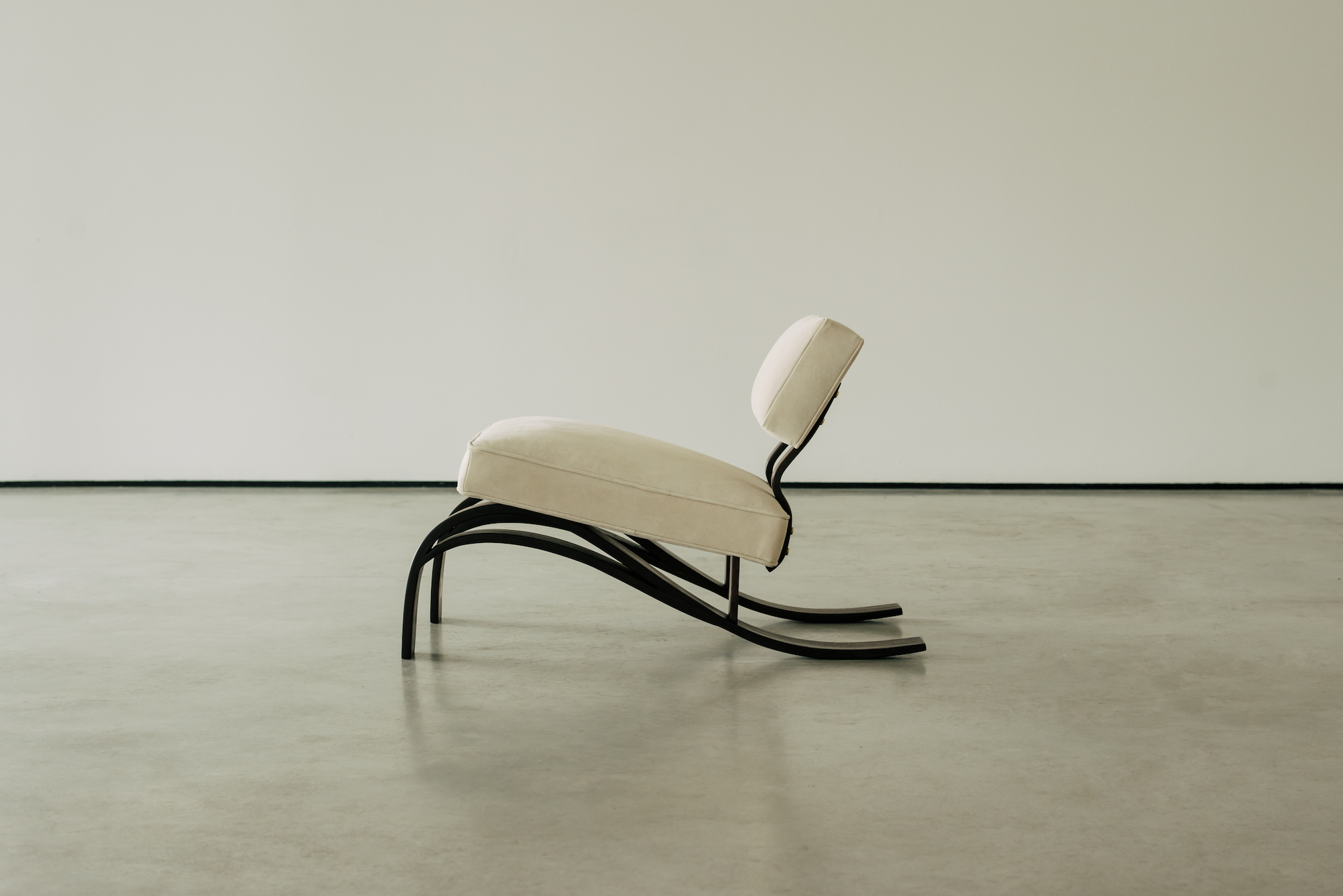
What’s your go-to material and why?
Wood – it’s a timeless material that can be manipulated in so many beautiful ways.
Is there a material you haven’t yet used that you would like to?
I am yet to experiment with fiberglass or resins, so that’s on the cards.
There is beauty in motion – and I try to capture that in my work.
Mimi Shodeinde
Did anything in the design world define or mark the past 12 months for you?
The Discovered exhibition at the Design Museum was a defining moment in the past year for me. Being amongst 19 other incredibly talented designers and seeing all our pieces that we had been working on through the lockdown was very inspiring; and in many ways, it just goes to show that creativity and design never stops – you can create in any situation, pandemic or no pandemic. Creativity and design will always be there.
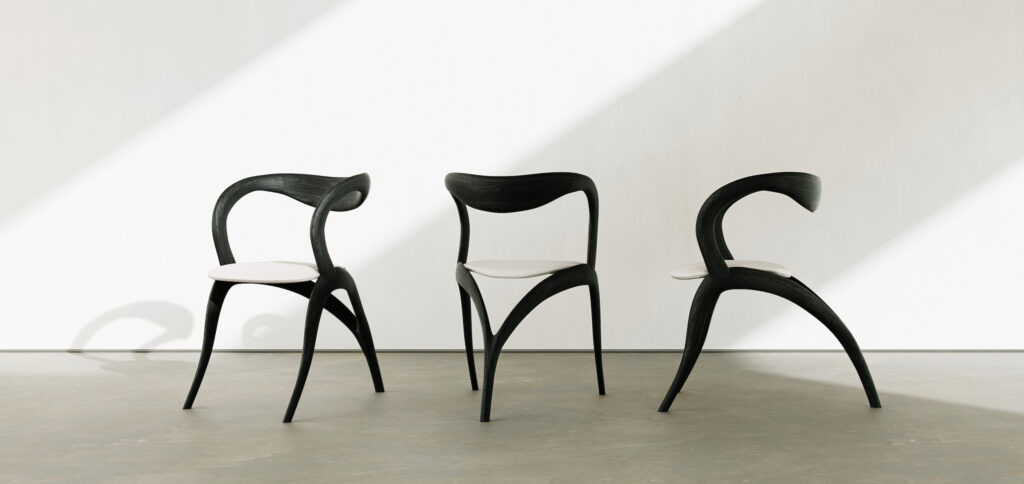

If form is 1 and functionality is 10, what number are you?
4.5 (a little cheeky, I know) But I love looking at and admiring beautiful things, not so fussed on how functional it is.
Is there another designer’s work you particularly admire, and why?
It’s a very long list, but just to name a few: Oscar Nieymeyer, Lina Bo Bardi, Vincenzo De Cotiis, Mies van der Rohe, Carlo Scarpa, Isamu Noguchi, Barbara Hepworth, Piero Portaluppi.
If you weren’t a designer, what other career do you think you might have had?
I think I would be in the music industry, producing beats. Music is such a big part of my life – I don’t know what I would do without it.
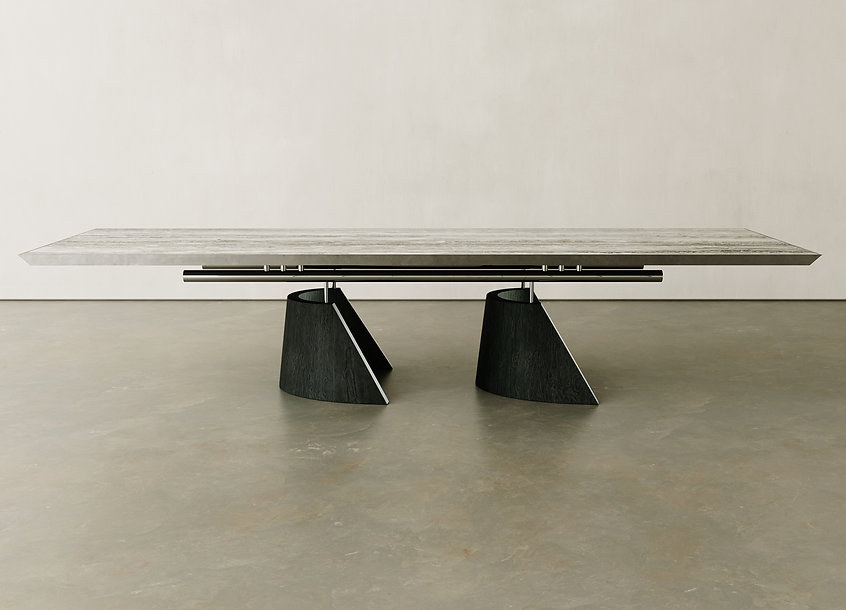

If your designs were music, what track or genre would they be?
Sam Cooke: “You Send Me”
What advice, insight or tip would you pass on to your fellow designers?
Don’t rush, make mistakes and learn from them. Don’t be afraid to ask questions, and enjoy it!
Effect Magazine is brought to you by Effetto



